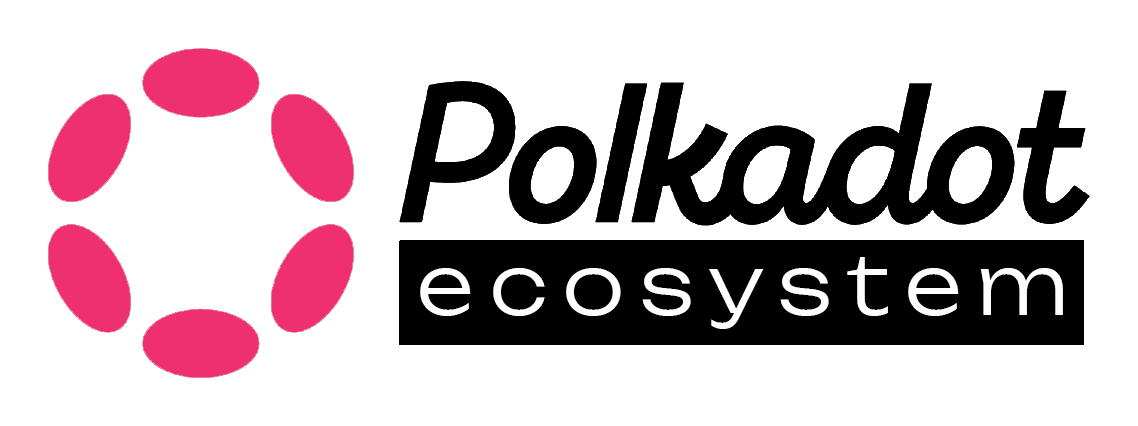Quantum Fusion Network (QFN) is a next-generation blockchain platform engineered to eliminate the bottlenecks preventing decentralized applications (dApps) from achieving mainstream adoption. Designed with speed, scalability, and developer experience at its core, QFN introduces a comprehensive suite of technical innovations that redefine what is possible in the Web3 space.
Addressing the dApp Adoption Gap
Despite over a decade of blockchain evolution, no dApp has yet achieved the mass appeal of traditional Web2 platforms. QFN’s approach begins with a clear diagnosis: current blockchain infrastructures fall short of user expectations in performance, cost-efficiency, and ease of use. By addressing these limitations head-on, QFN aims to deliver a truly usable blockchain platform for the next generation of decentralized applications.
Built on the Substrate Framework
QFN leverages the proven capabilities of the Substrate framework — the same modular, Rust-based toolkit behind Polkadot — while introducing deep architectural upgrades. Substrate provides the foundation for forkless runtime upgrades, a rich ecosystem of prebuilt pallets, robust tooling support, and the highly efficient SCALE codec. This allows QFN to maintain a balance between innovation and backward compatibility, while significantly improving performance and usability.
Key Innovations in QFN
SPIN Consensus Protocol
QFN’s SPIN (Short-term Parallel Incremental Network agreement) protocol enables sub-second block finality — as fast as 100 milliseconds — without sacrificing decentralization. Developers can choose between instant or secure finality depending on the context, making QFN ideal for both high-speed applications and security-sensitive transactions.
Parallel Execution Engine
QFN separates transaction sequencing from execution, enabling parallel processing and real-time state updates. This design supports throughput exceeding 10,000 transactions per second, paving the way for scalable applications in gaming, finance, and collaborative tools.
PolkaVM and EVM Compatibility
PolkaVM is a high-performance smart contract execution engine based on the RISC-V instruction set. It offers native speed and is compatible with Ethereum Virtual Machine (EVM) codebases, allowing developers to migrate existing projects without rewriting contracts. This blend of innovation and compatibility fosters rapid ecosystem growth.
Verifiable Offchain Workers
To support compute-intensive tasks such as AI inference and data analytics, QFN enables verifiable offchain computation using zero-knowledge proofs. This approach preserves transparency while unlocking Web2-level performance for decentralized services.
zkTLS for Web2 Integration
QFN bridges the Web2 and Web3 worlds with zkTLS, a protocol that allows verifiable commitment of Web2 data on-chain. This ensures trust and authenticity for offchain data, enabling use cases in digital identity, supply chain tracking, and more.
Advanced Networking with nQUIC and WebRTC
QFN replaces outdated peer-to-peer protocols with nQUIC and WebRTC — the same protocols used by modern internet applications. This results in faster, more reliable connectivity, even in censorship-prone or low-bandwidth environments.
Scalable Storage and Light Client Support
QFN’s storage engine is optimized for mobile devices and light clients, ensuring millions of users can interact with the network without needing full node infrastructure. By using Merkle proofs and crypto-verified skip-lists, QFN drastically reduces bandwidth requirements while preserving data integrity.
Developer-First SDK
QFN provides a comprehensive, native-first SDK built with developer needs in mind. Key features include:
- Cross-platform compatibility: Develop once and deploy to mobile, desktop, and browser.
- Batteries included: Built-in tools for encryption, key management, and content-addressable storage (via Iroh).
- Light-client by default: Using Smoldot, QFN ensures fast, secure blockchain interaction even on constrained devices.
- Web and native support: Full functionality in modern browsers, with long-term goals of native mobile app frameworks.
Use Cases and Applications
QFN is designed to unlock entirely new categories of decentralized applications:
- Real-time social platforms and collaborative tools with instant updates
- Decentralized marketplaces and job platforms with verifiable reputation systems
- Games, simulations, and virtual environments with Web2 performance
- Crowdfunding tools that offer milestone-based fund tracing
- AI-assisted workflows leveraging offchain computation with onchain verification


